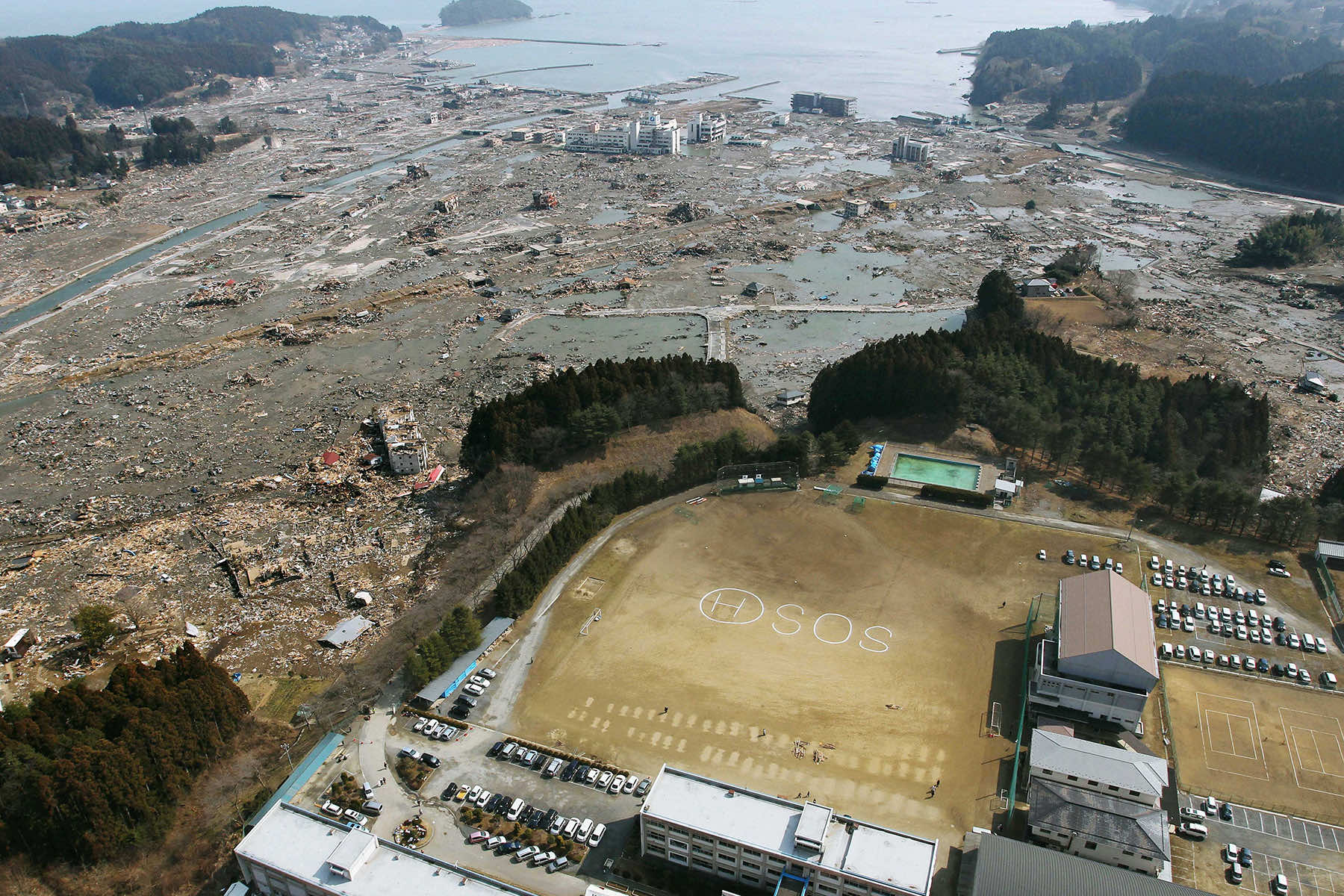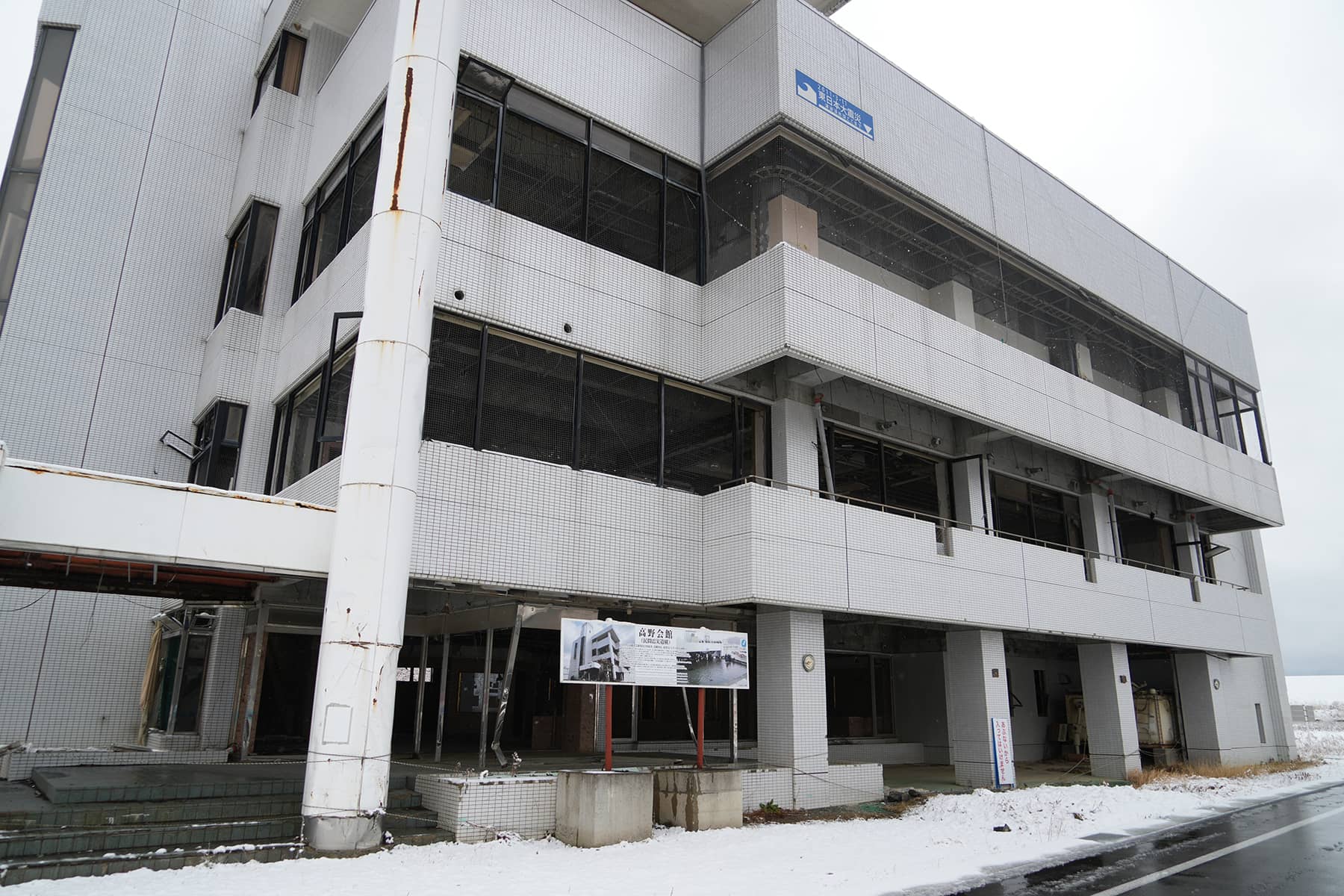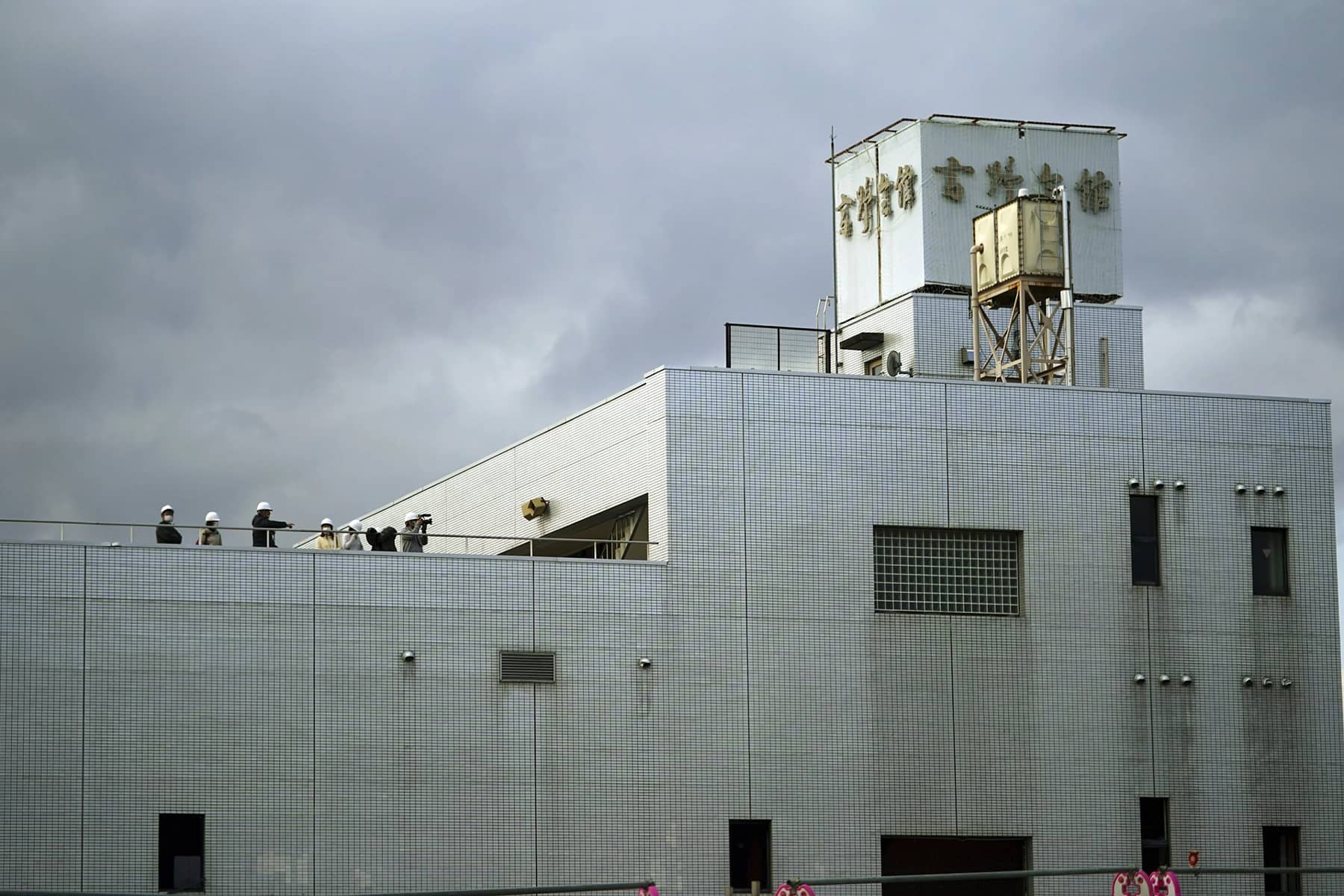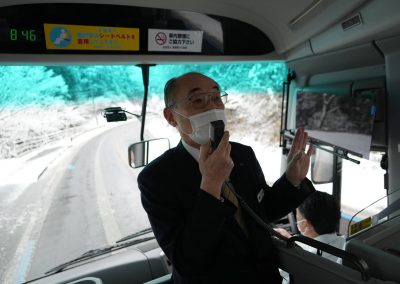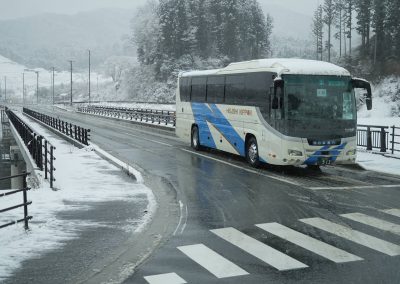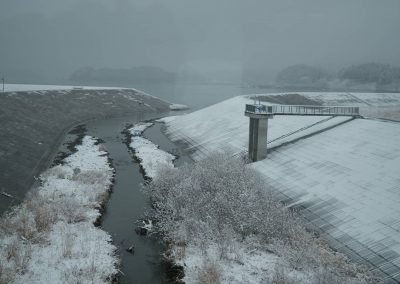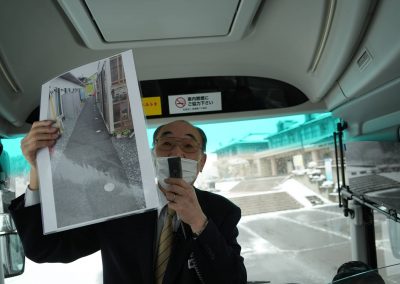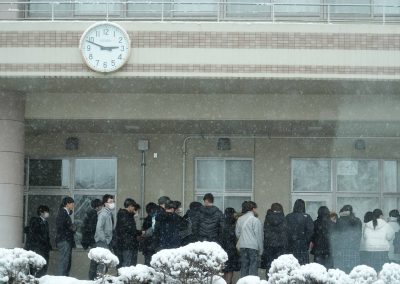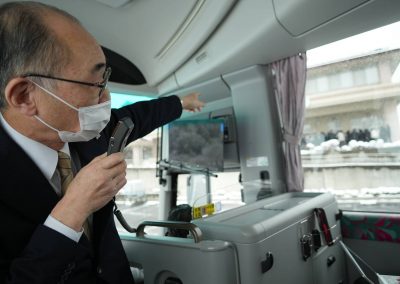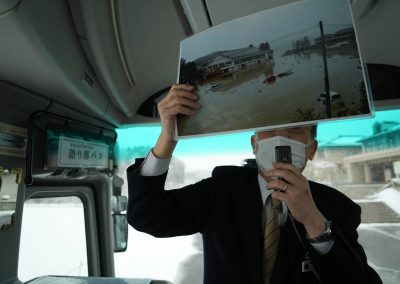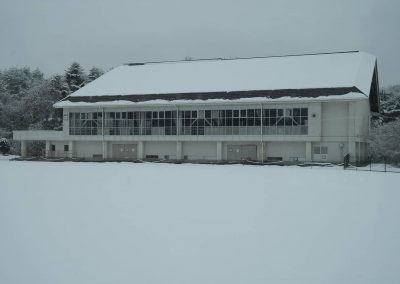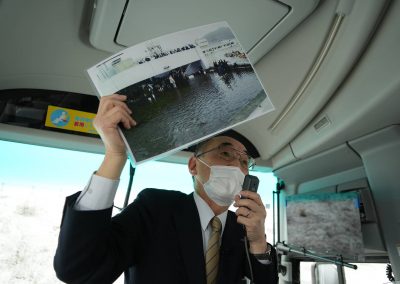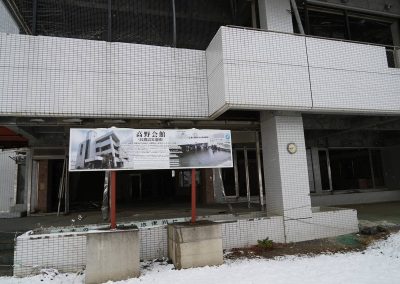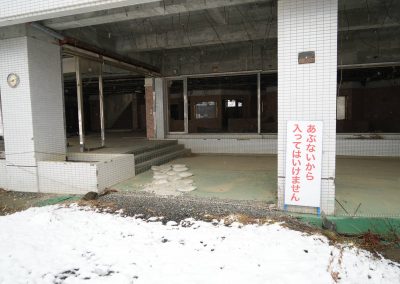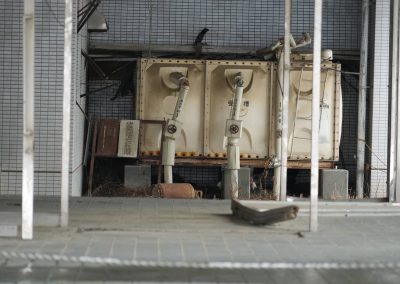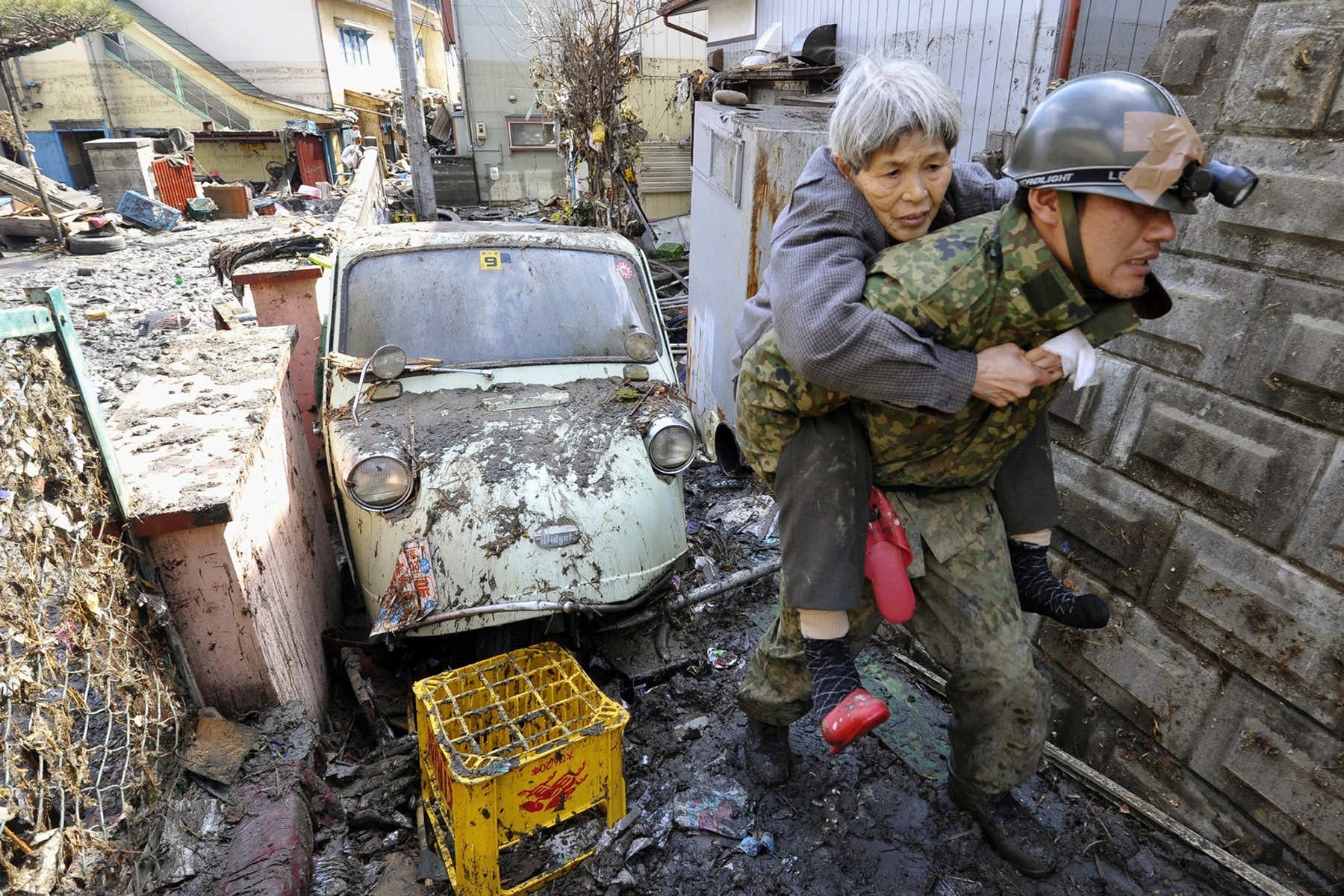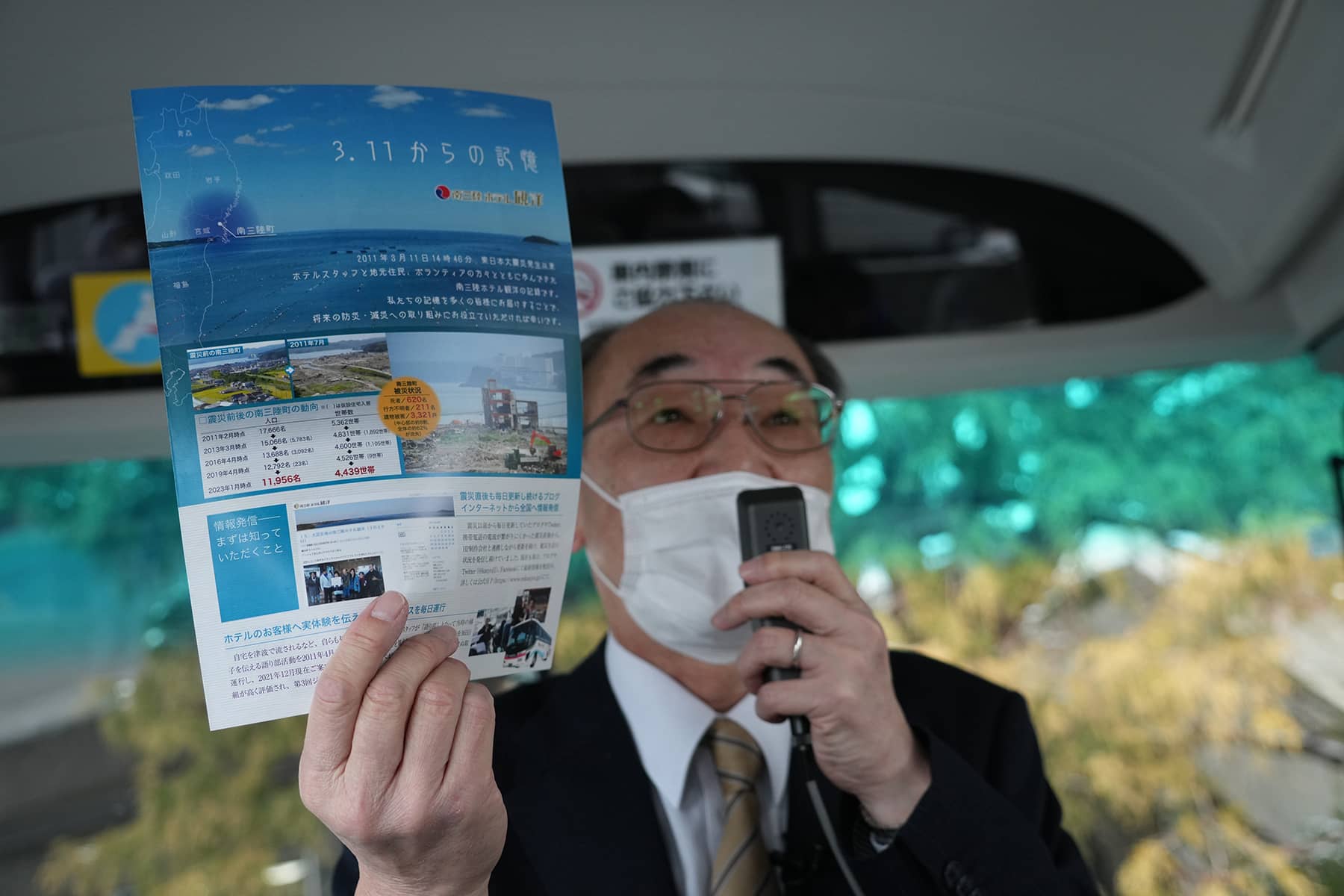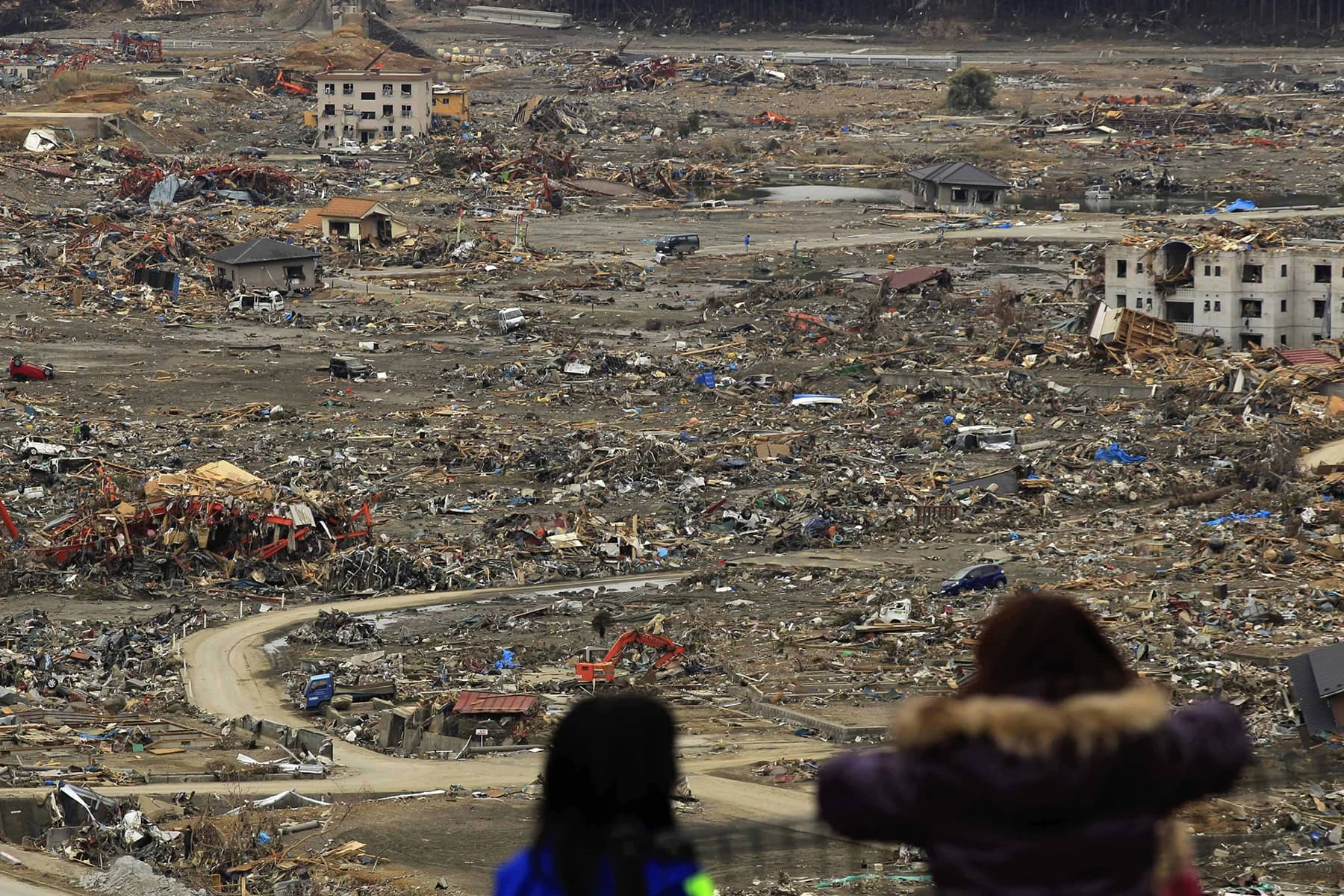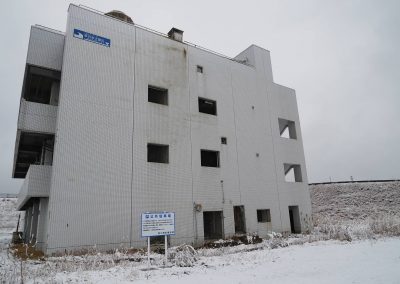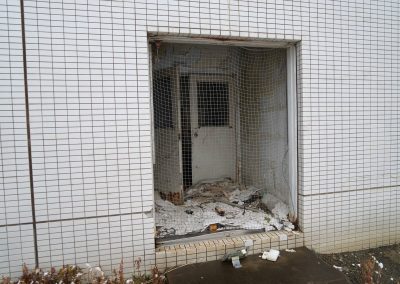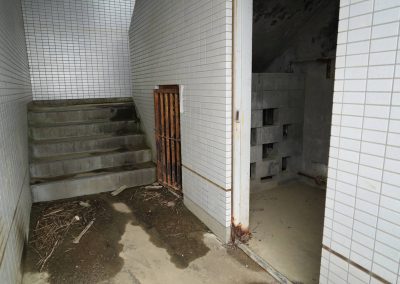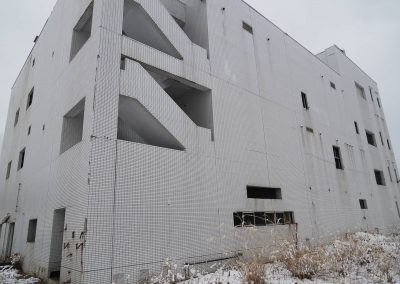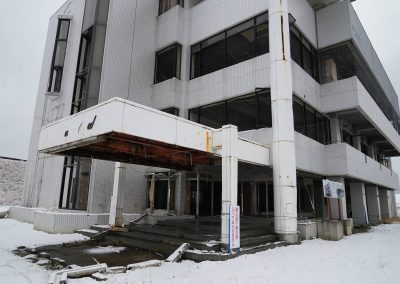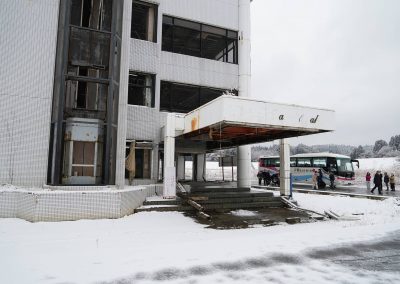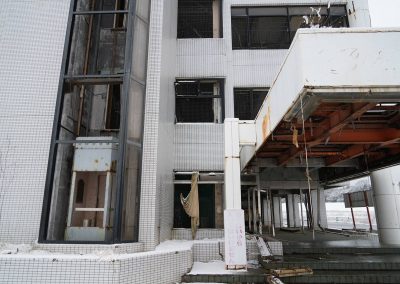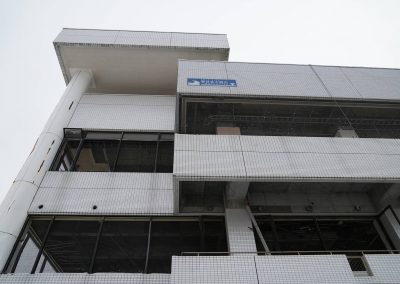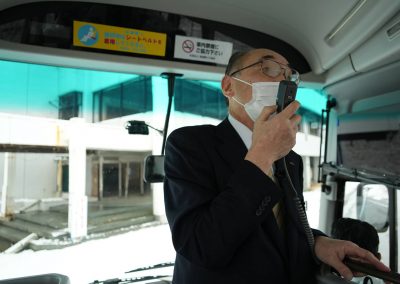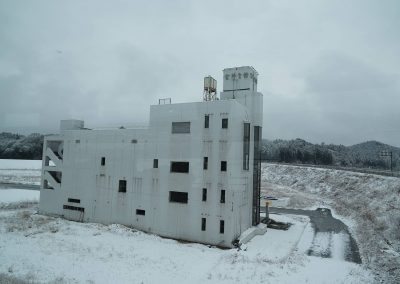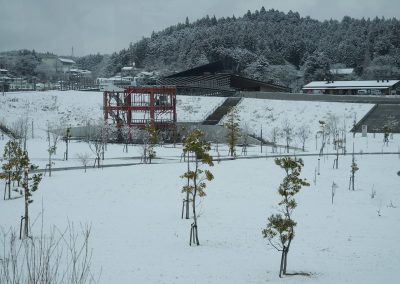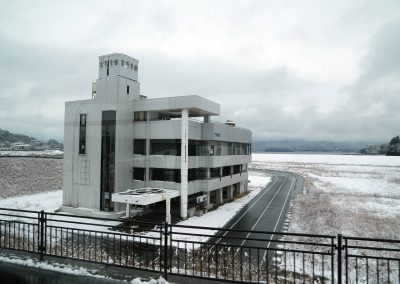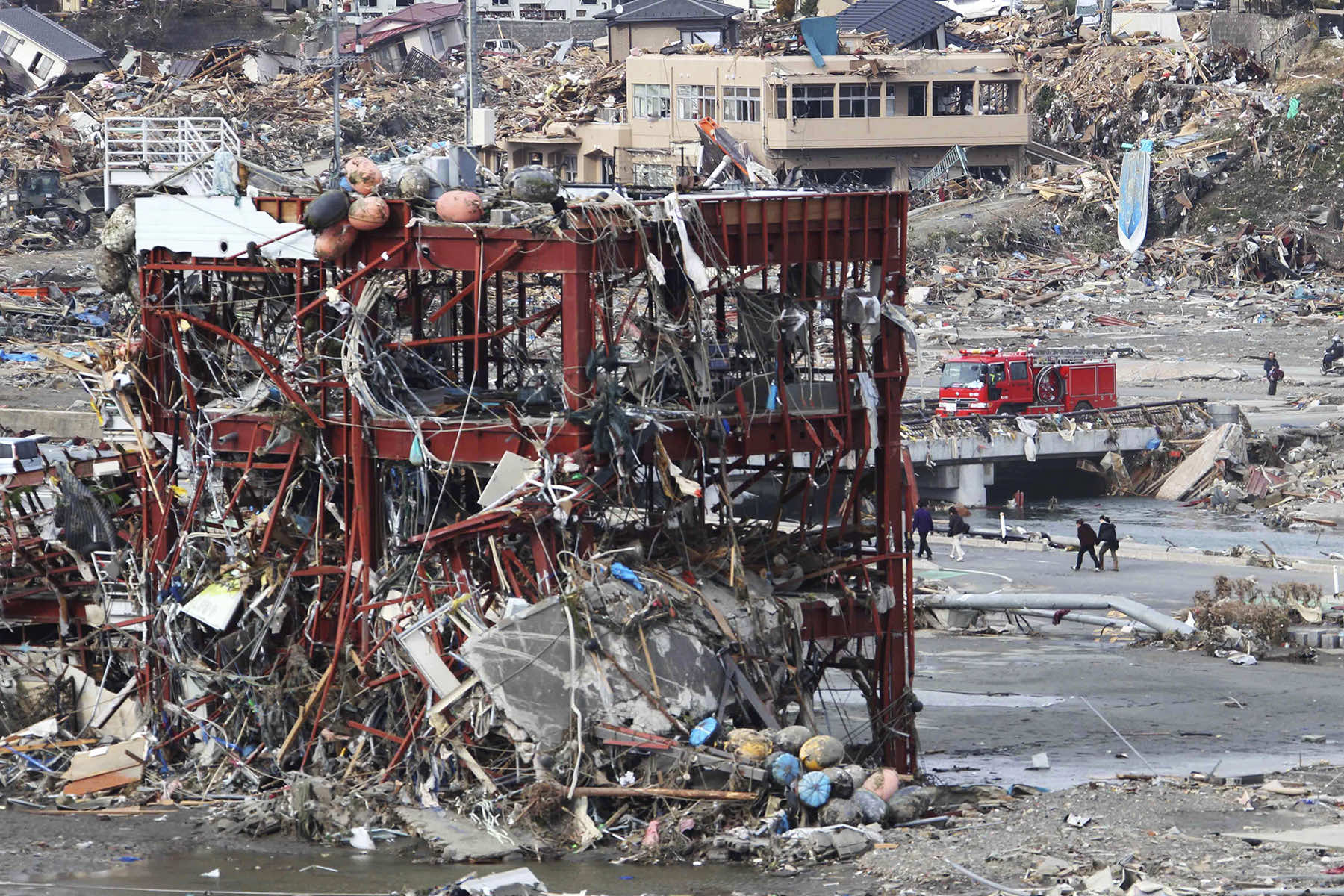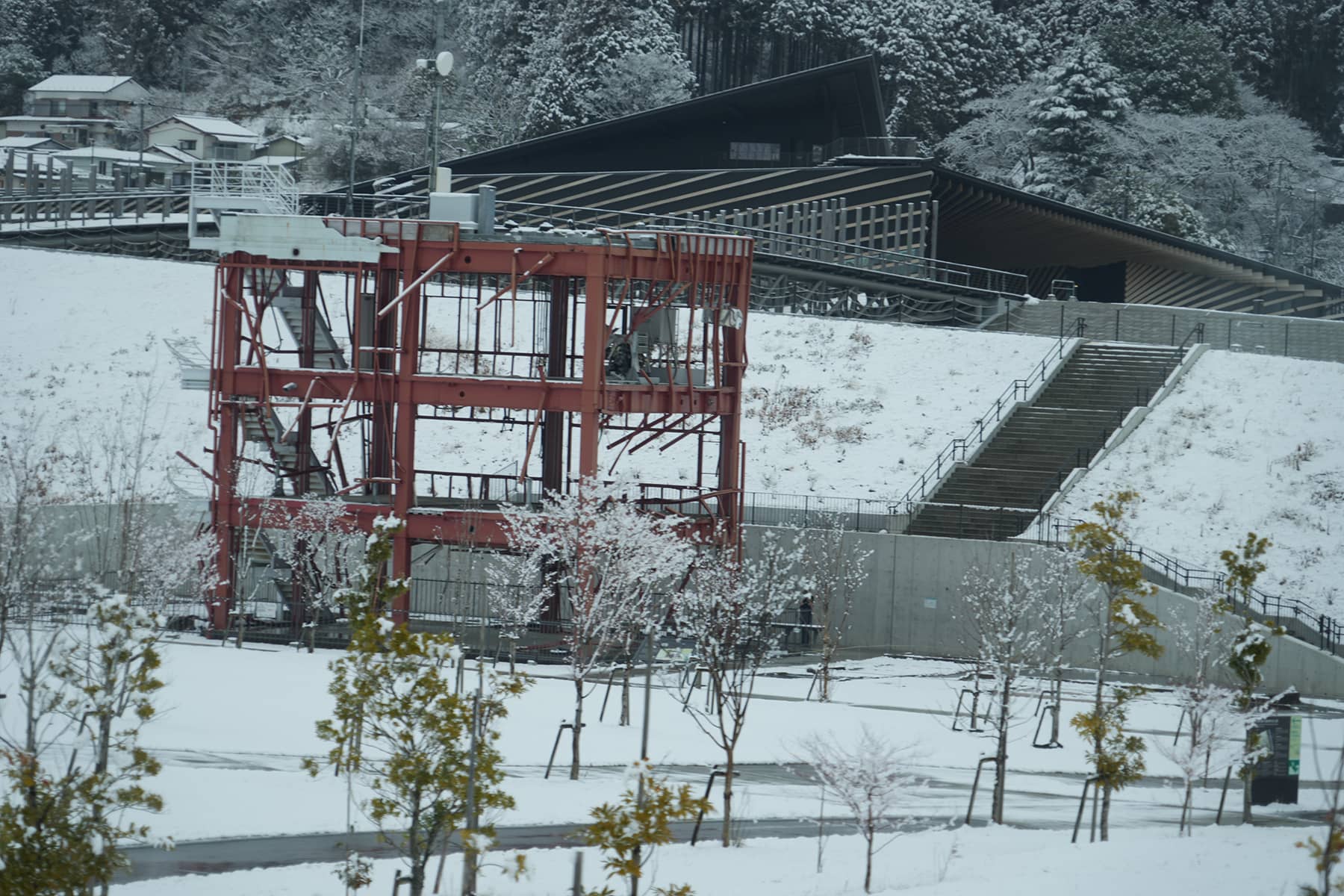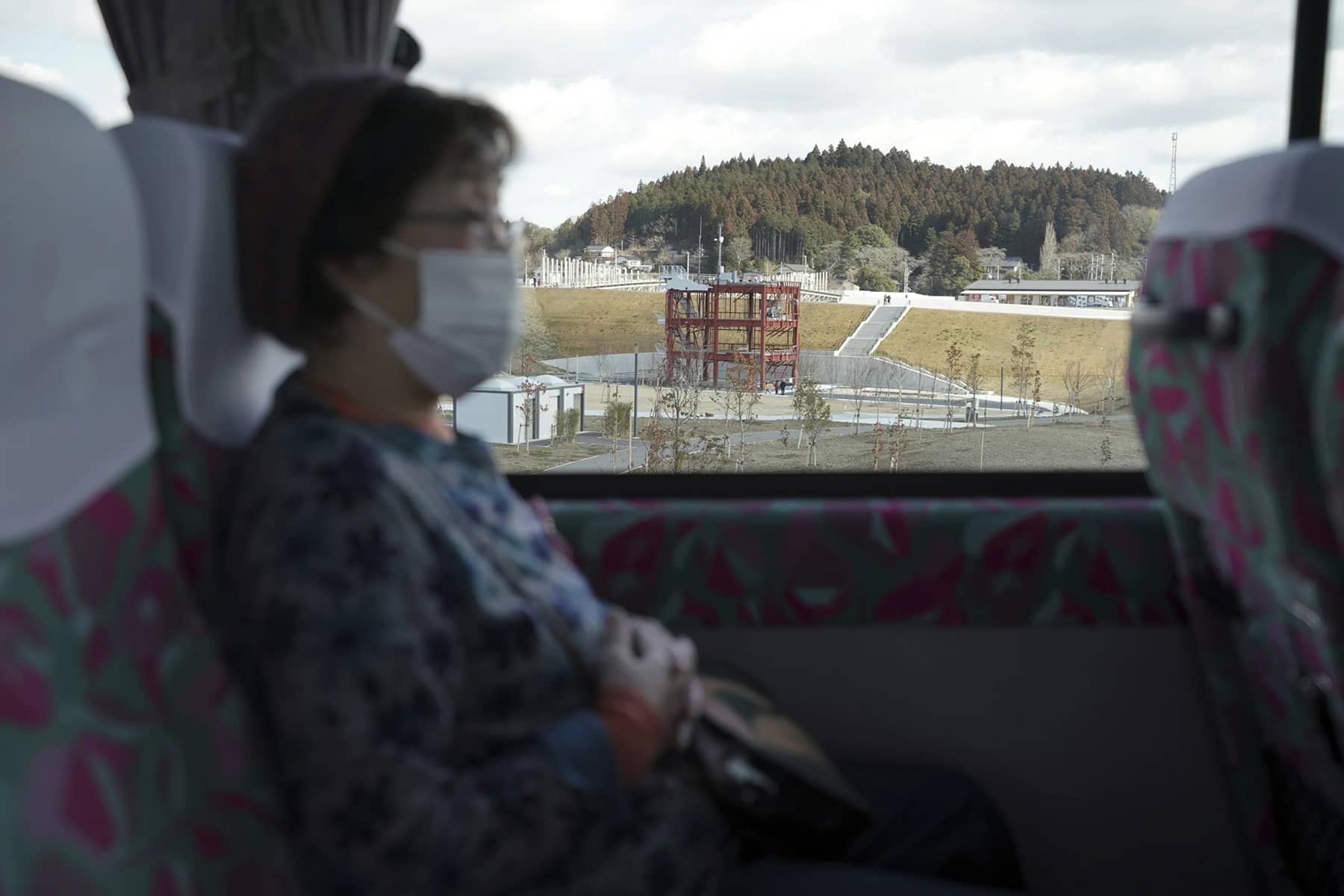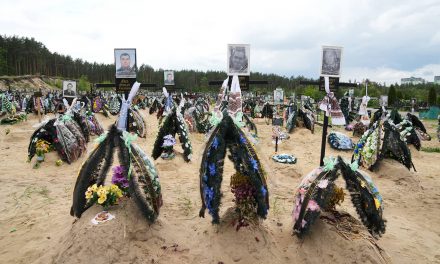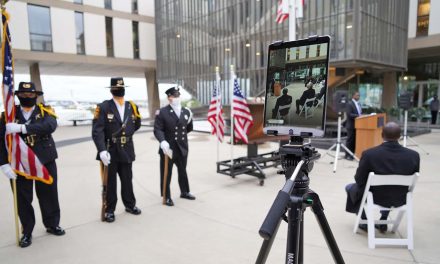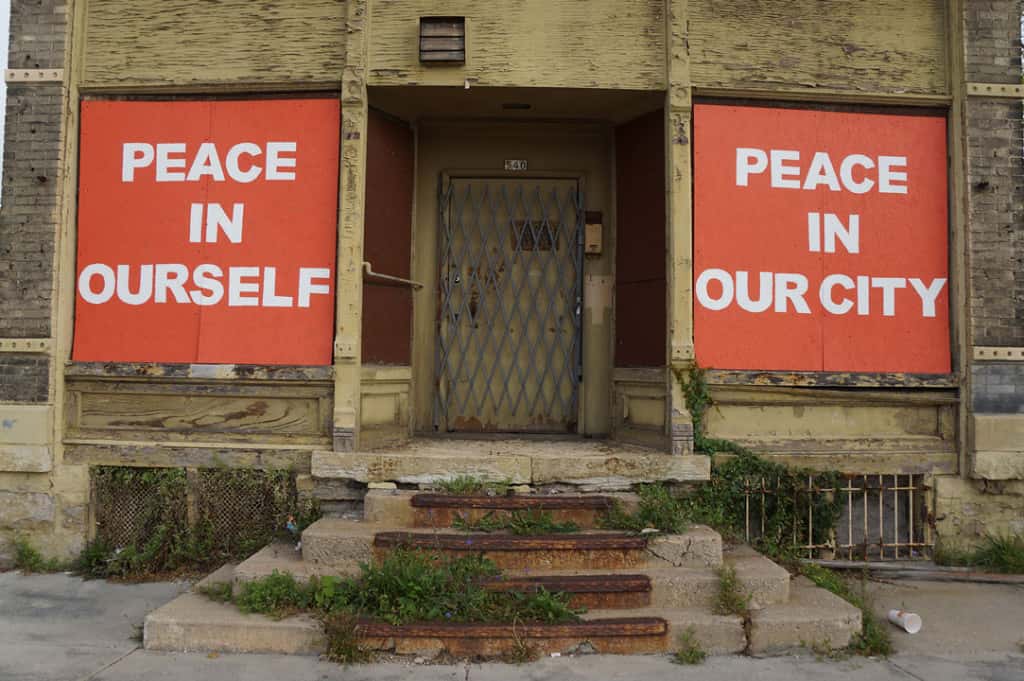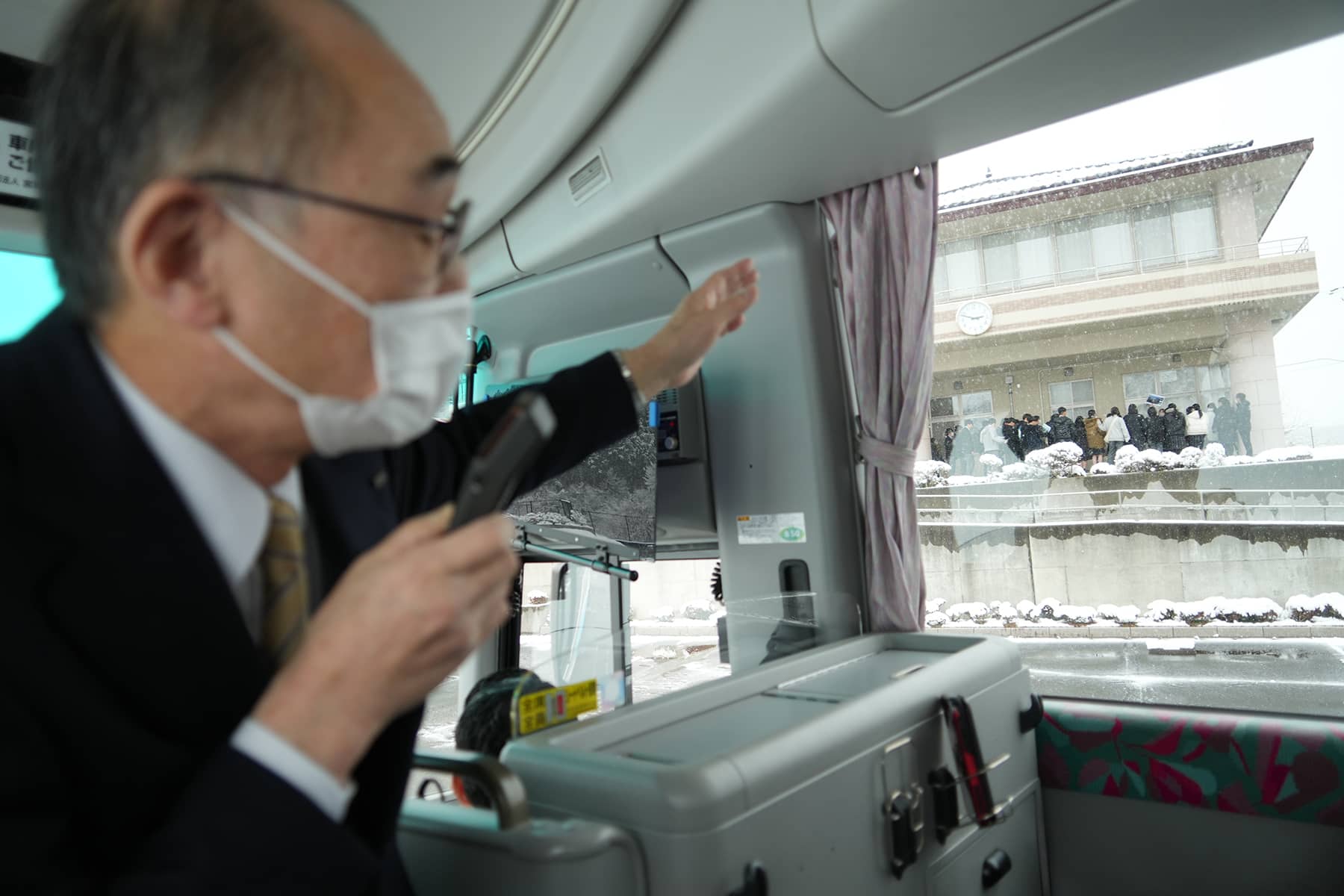
For nearly a decade and a half, a Japanese hotel has been giving bus tours to show visitors the history of the massive earthquake and tsunami that hit Japan’s northern Pacific coast in 2011.
The 9.1 magnitude earthquake and the tsunami it generated on March 11, 2011, killed about 18,000 people and devastated the coastline. Buildings in the city of Minamisanriku were flattened, and more than 800 people in the city were killed or went missing.
In the wake of the devastating triple disaster that struck Northeast Japan in 2011, the ancient practice of “Kataribe,” or storytelling, emerged as a key element in the region’s recovery and the preservation of its cultural memory.
The traditional form of narrative is deeply rooted in Japanese culture, connected to the existence or absence of places and ruins left by the disaster. Kataribe were instrumental in preserving memories from sites like Hiroshima and Nagasaki from World War II.
The practice was revitalized in the Tohoku region in the prefectures of Fukushima, Miyagi, and Iwate, which faced varying degrees of destruction from the earthquake, tsunami, and nuclear meltdown. Compared to other types of tours, Kataribe focus far less on historical and geographical information, instead narrating the emotion and trauma of tragic situations.
Milwaukee Independent joined a special tour around Shizugawa Bay in Minamisanriku, hosted by Minami Sanriku Onsen Hotel Kanyo on March 8. The region experienced an overnight snowstorm, just days before the 13th anniversary of the 3/11 Tōhoku Earthquake and Tsunami.
“It just so happened that 13 years ago it was snowing quite a bit on March 11 – just like this, when the earthquake occurred,” explained Mitsuo Haga, a local Kataribe, at the beginning of the March 8 tour. “In fact, it was a very sunny day on the morning of March 11th. Then it started to get cloudy around noon. Snow started a little later and by the time of the earthquake at 14:46, the area was completely white.”
Waves from the tsunami, triggered by the massive tectonic forces, smashed the coastal city about a half hour later. After the evacuation, Haga remembered the cold night of March 11 to have a clear and starry sky. He also highlighted some of his experience, highlighting the initial devastation faced by the homes in the region, which were constructed from traditional wooden frames.
“The role of a Kataribe in preserving and sharing the memories of those affected is essential to both the healing process and disaster education,” said Haga. “By recounting personal stories and the broader historical context of the disaster, I hope to foster a deeper understanding and connection to this area’s past, its people, and the ongoing recovery efforts.”
Sharing these narratives has also contributed to economic revival by drawing visitors to support local businesses and promote the cultural heritage of Minamisanriku. Central to such stories has been explaining the drastic measures taken to adapt and survive in the disaster’s aftermath.
The Kataribe tours began informally in May of 2011, as the Minami Sanriku Hotel Kanyo began receiving requests to tour what remained of their facility. It was an awkward and raw time emotionally for grieving survivors, but visitors were coming on their own, in groups and as individuals. An organized and comprehensive tour in the Kataribe style filled the increasing need.
More than 400,000 participants have joined the Kataribe tour over the following years, which stops at Shizugawa Junior High School, the Minamisanriku Disaster Prevention Office Building, and Takano Kaikan building.
Minamisanriku had a population of about 17,600 in 2011. Over the past 13 years, that number has diminished by 12,000 and left just over 5,000 people in the city.
Haga’s storytelling touched on the significant loss of life and examples of displacement of residents. He also explained the challenges of rebuilding, and the decisions regarding the preservation of certain disaster-stricken sites, such as the Minamisanriku Disaster Prevention Office Building.
Fifty people were in the building when the tsunami hit. Most of them fled to the rooftop which was an official evacuation spot. However, they did not expect the scale of the tsunami to be so massive, and waves eventually submerged the site. Forty-three people died and just seven were able to save their lives by clinging to the lateral stairways.
The local community has remained divided on how best to honor that memory while moving forward. Haga said that while many people want to keep the building, others want it demolished. It was originally decided to demolish the Minamisanriku Disaster Prevention Office Building two years after the earthquake, at the request of bereaved families. But when the work was about to begin, the town decided to postpone action and instead hold extended discussions about the structure’s fate.
“I think it is very difficult to preserve the building. Some people don’t even want to look at it. But on the other hand, I think that a lot of good can come by leaving it behind for future generations,” said Haga. “The controversy underscores the significance of how such sites contribute reminders of the value of human life, and the importance of remembering those lost to disaster.”
In stark contrast only a mere 290 yards away stands the Takano Kaikan building, a private disaster relic originally owned by the parent company of the Minami Sanriku Hotel. As noted in a large bilingual sign posted at the site, 327 people and 2 dogs all survived the tsunami while sheltered at what had been a wedding ceremony hall.
“We, as the owner, are keeping this building without demolition in order to tell continuously our stories and experiences of quake and tsunami to their future generations and to the visitors. Please be always prepared against disasters.”
Centuries before the Kataribe, communities hit by cataclysmic disasters recognized the need to preserve an account of their misfortune.
Across Japan’s coastline stand hundreds of ancient “tsunami stones,” silent sentinels that serve as both warnings and memorials for the nation’s frequent and devastating tidal waves. With origins dating back over 600 years, these stones have withstood the test of time, although some have succumbed to the destructive forces they caution against.
Japan’s history with tsunamis is both long and harrowing. The 1896 Sanriku earthquake generated dual tsunamis that annihilated coastal communities, destroying around 9,000 homes and killing at least 22,000 individuals.
Despite these tragedies, the lessons of past tsunamis are often forgotten by succeeding generations. The tsunami stones were created to bridge this gap in collective memory. The inscriptions on these stones serve various purposes, with some commemorating the dead while others offering cautionary tales. A tsunami stone in Kesennuma, a city in the Miyagi Prefecture, reads:
“Always be prepared for unexpected tsunamis. Choose life over your possessions and valuables.”
That message echoed the one shared by Haga at the end of his Kataribe tour. He said that before the earthquake, people a mile away thought when the tsunami came it would be safe enough if they just evacuated to the second floor of their homes.
“I think there were probably a lot of people who couldn’t have imagined that it would come to them. But the tsunami waves reached up to 6 miles inland in some areas along the coast,” added Haga. “So while it seems obvious, people need to remember that when evacuating from a tsunami is important to stay far from the sea and in a high place.”
3.11 Exploring Fukushima
- Journey to Japan: A photojournalist’s diary from the ruins of Tōhoku 13 years later
- Timeline of Tragedy: A look back at the long struggle since Fukushima's 2011 triple disaster
- New Year's Aftershock: Memories of Fukushima fuels concern for recovery in Noto Peninsula
- Lessons for future generations: Memorial Museum in Futaba marks 13 years since 3.11 Disaster
- In Silence and Solidarity: Japan Remembers the thousands lost to earthquake and tsunami in 2011
- Fukushima's Legacy: Condition of melted nuclear reactors still unclear 13 years after disaster
- Seafood Safety: Profits surge as Japanese consumers rally behind Fukushima's fishing industry
- Radioactive Waste: IAEA confirms water discharge from ruined nuclear plant meets safety standards
- Technical Hurdles for TEPCO: Critics question 2051 deadline for decommissioning Fukushima
- In the shadow of silence: Exploring Fukushima's abandoned lands that remain frozen in time
- Spiral Staircase of Life: Tōhoku museums preserve echoes of March 11 for future generations
- Retracing Our Steps: A review of the project that documented nuclear refugees returning home
- Noriko Abe: Continuing a family legacy of hospitality to guide Minamisanriku's recovery
- Voices of Kataribe: Storytellers share personal accounts of earthquake and tsunami in Tōhoku
- Moai of Minamisanriku: How a bond with Chile forged a learning hub for disaster preparedness
- Focus on the Future: Futaba Project aims to rebuild dreams and repopulate its community
- Junko Yagi: Pioneering a grassroots revival of local businesses in rural Onagawa
- Diving into darkness: The story of Yasuo Takamatsu's search for his missing wife
- Solace and Sake: Chūson-ji Temple and Sekinoichi Shuzo share centuries of tradition in Iwate
- Heartbeat of Miyagi: Community center offers space to engage with Sendai's unyielding spirit
- Unseen Scars: Survivors in Tōhoku reflect on more than a decade of trauma, recovery, and hope
- Running into history: The day Milwaukee Independent stumbled upon a marathon in Tokyo
- Roman Kashpur: Ukrainian war hero conquers Tokyo Marathon 2024 with prosthetic leg
- From Rails to Roads: BRT offers flexible transit solutions for disaster-struck communities
- From Snow to Sakura: Japan’s cherry blossom season feels economic impact of climate change
- Potholes on the Manga Road: Ishinomaki and Kamakura navigate the challenges of anime tourism
- The Ako Incident: Honoring the 47 Ronin’s legendary samurai loyalty at Sengakuji Temple
- "Shōgun" Reimagined: Ambitious TV series updates epic historical drama about feudal Japan
- Enchanting Hollywood: Japanese cinema celebrates Oscar wins by Hayao Miyazaki and Godzilla
- Toxic Tourists: Geisha District in Kyoto cracks down on over-zealous visitors with new rules
- Medieval Healing: "The Tale of Genji" offers insight into mysteries of Japanese medicine
- Aesthetic of Wabi-Sabi: Finding beauty and harmony in the unfinished and imperfect
- Riken Yamamoto: Japanese architect wins Pritzker Prize for community-centric designs
MI Staff (Japan) with Haruka Nuga
Lее Mаtz
Matt Dunham (AP) and Eugene Hoshiko (AP)
3.11 Exploring Fukushima: The Tōhoku region of Japan experienced one of the worst natural disasters ever recorded when a powerful earthquake was followed by a massive tsunami, and triggered an unprecedented nuclear crisis in 2011. With a personal connection to the tragedies, Milwaukee Independent returned for the first time in 13 years to attend events commemorating the March 11 anniversary. The purpose of the journalism project included interviews with survivors about their challenges over the past decade, reviews of rebuilt cities that had been washed away by the ocean, and visits to newly opened areas that had been left barren by radiation. This special editorial series offers a detailed look at a situation that will continue to have a daily global impact for generations. mkeind.com/exploringfukushima

